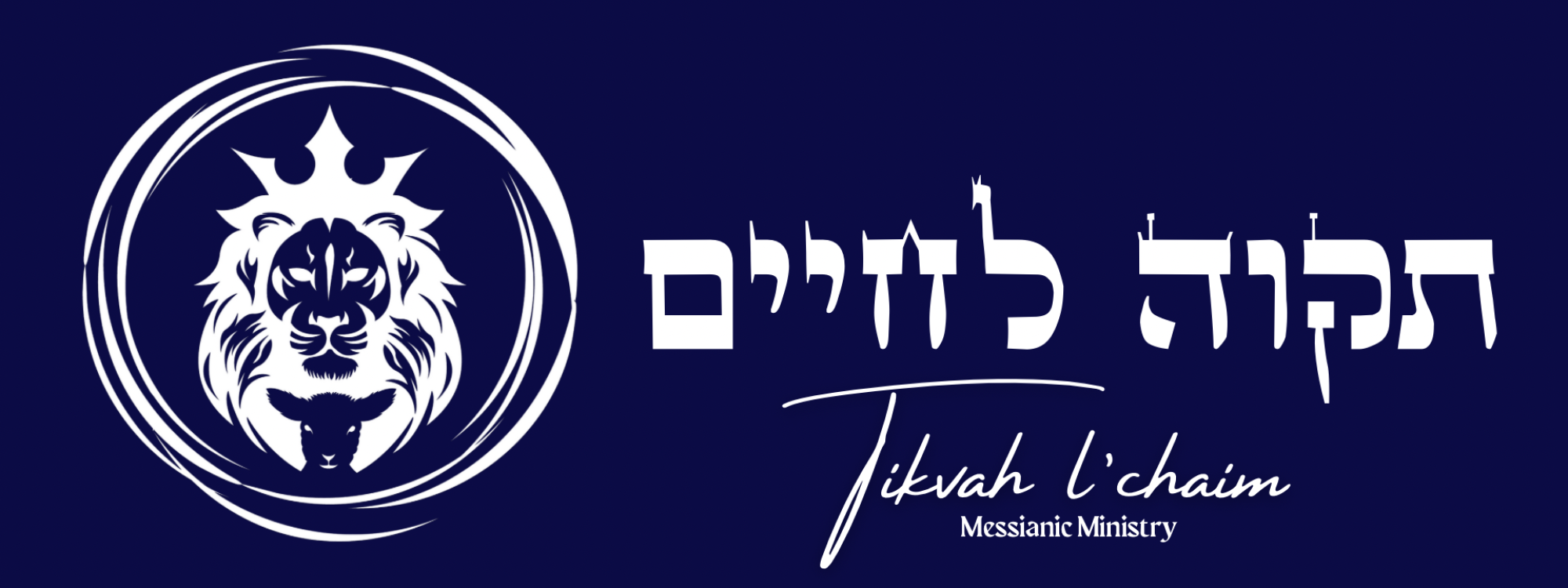Bringing Jewish Roots Back to the Christian Faith...
Do you hunger for a deeper understanding of the Jewish roots held within our Christian faith?
Does your heart crave a knowledge of Yeshua haMashiach (Jesus Christ) like those who knew him during his time on earth?
We might do best to have a sense of the land and culture in which Yeshua walked. His words convey God’s truth to his people in a particular time and place.The more fully we can appreciate that context, perhaps the better we can respond to his Word.
In this ministry, we learn about and celebrate Messiah in a way which reflects the foundation of the Torah (Pentateuch, or first five books of the Old Testament). We are strong believers in the redemptive work of Yeshua as the incarnate salvation of God, the only means of true reconciliation before the throne of God in fulfillment of the Torah.
“There is salvation in no one else, for there is no other name under heaven given to mankind by which we must be saved…” (Acts 4:12 TLV).
Our services encourage congregants to invest in an understanding of God’s covenant with Israel as a foundation for a vibrant life in Messiah led by the Ruach haKodesh (Holy Spirit).

What to Expect at Sabbath Service...

Pre-service prayer...
Before we begin, our congregation enters a time of prayer in which we bring petitions and praise reports before the Lord. We utilize this time to intercede for our congregation, city, nation and the entire world as led by the Ruach haKodesh (Holy Spirit). Our foundation for this practice is the exchange between God and Abraham in which a minyan (10 righteous men) was sought to advocate for the preservation of Sodom and Gomorrah according to Genesis 18:16-33.

Blowing the trumpet...
In the beginning of service, we hear the blowing of the traditional shofar (trumpet), usually made from the horn of a ram, oryx, or kudu. In Scripture, this was a common form of communication to the congregation of Israel, and reminds us of the coming of Messiah at the sounding of the Final Trump according to 1 Thessalonians 4:16-18.

Lighting the Shabbat candles...
Traditionally, we welcome a woman to kindle a pair of Shabbat (Sabbath) candles as a commemoration of “keeping and observing” the Sabbath commandment of God in passages from Exodus and Deuteronomy. These serve as a reminder that we are the “salt and light” in the world according to Matthew 5:13-16.

Psalm reading...
As we come together to celebrate Shabbat, we remember the greatness of God and his faithfulness in our lives according to Psalm 100. We read from the Psalms each week to direct our focus and attention on God.

Opening prayer...
While pre-service prayer is currently placed in a more intimate setting, the opening prayer allows us to come together corporate in welcoming God’s presence into our midst for the duration of the Shabbat service specifically.

Liturgical worship...
We very much enjoy lifting up traditional Hebrew songs which our ancestors have sung for generations, many derived almost verbatim from the Scriptures. Frequent inclusions are the L’choo (Come let us sing) and the Shema (Hear O Israel), among others.
Songs are sung in Hebrew and English.

Contemporary worship...
Alongside traditional music, we include a time of modern worship, including Messianic and Christian that are consistent with a theology of welcoming God’s presence and magnifying his greatness in our midst.
Messianic dance is included during this portion of service…you’re welcome to join!!

Children's blessing...
We are thankful to have God’s breath of life breathed into the next generation. During this portion of service, we speak blessings over the children and include a song of blessing before dismissing them to service.

Torah service...
Before the sermon, we call one Torah reader to bring the scroll from the Ark. We parade the Torah as a representation of God’s people being preserved during their time in the wilderness, eventually settling after generations in the city of Jerusalem.
We read from the Parsha, which is the weekly portion of reading from the Torah.
We speak blessings before and after the reading, bowing in reverence before the Lord as we bless his name. This practice is derived from study of the word “blessed” in Hebrew, “baruch,” which comes from the same root as “bow,” “barak.”
Our goal is to engage this service as an act of worship to the one and true living God.

Rabbinic teaching...
Our reading from the Torah is followed by a time of teaching delivered in sermon format, prioritizing the unity of message in Messiah across the Tanakh (Old Testament) and Brit Chadashah (New Testament).
Tanakh is a form of acronym, which stands for Torah (law), Nevi’im (prophets), and the Ketuvim (writings). These together comprise the OT.
Our goal is always to glean practical application from every Torah portion, encouraging Messianic believers toward a vibrant life in Messiah.

Closing blessings...
As we conclude the service, we speak blessings over the bread and cup as a way of welcoming the Shabbat meal, which inspires us in fellowship with one another.
“Challah” is the usual Jewish bread, braided with a golden brown color.
“Kiddush” is our reference to the cup, literally “sanctified” as the cup set apart for Shabbat celebration.

Priestly blessing...
Commonly known as “the Aaronic benediction,” we speak this final blessing over the congregation as a direct application of Numbers 6:22-27 (TLV), which reads as follows:
22 Again Adonai spoke to Moses saying, 23 “Speak to Aaron and to his sons saying: Thus you are to bless Bnei-Yisrael, by saying to them:
24 ‘Adonai bless you and keep you!
25 Adonai make His face to shine on you and be gracious to you!
26 Adonai turn His face toward you and grant you shalom!’
27 In this way they are to place My Name over Bnei-Yisrael, and so I will bless them.”



